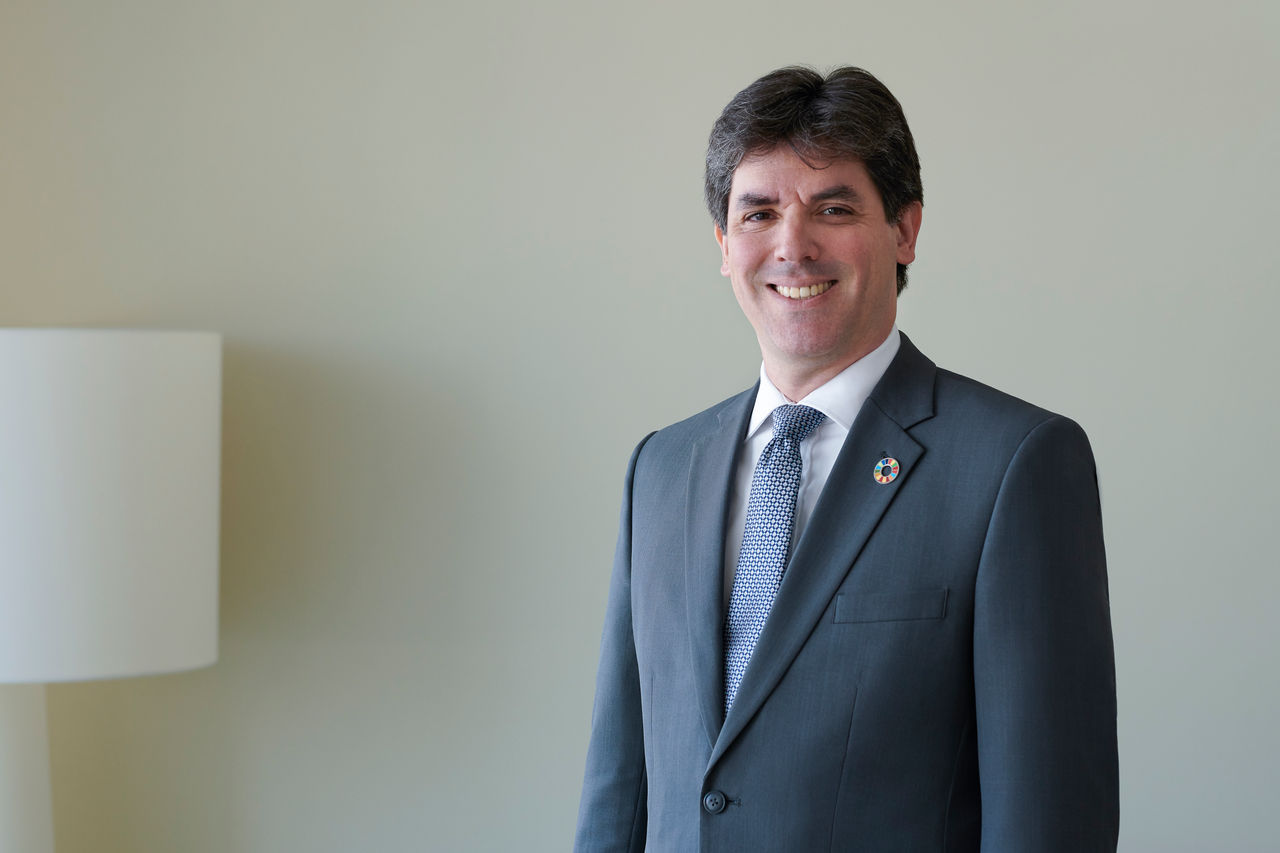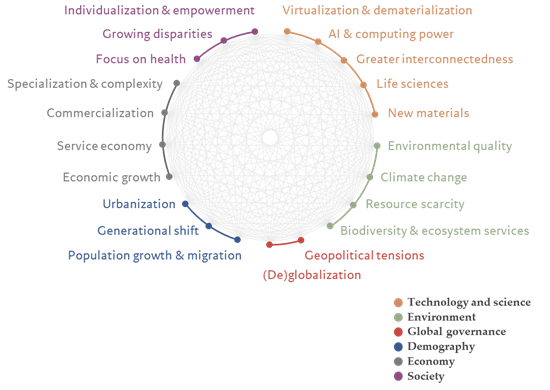
EJE Investment, a young international real estate advisory firm, aims to attract Chilean investors with Section 8 subsidized rental properties in Miami. With the Chilean real estate market going through a crisis, local investors are searching for different vehicles to secure rental income, which EJE believes can be found in U.S.-based assets.
“In Chile, the appetite for the real estate market is negative,” highlights Patricio Eskenazi, a partner of the firm, in an interview with Funds Society. “But that doesn’t change the fact that people love investing in real estate, because it’s a very solid asset,” he adds, with tangible guarantees and monthly cash flows.
When people invest in real estate domestically, they can do so directly or through a fund that invests in this asset class. In contrast, foreign investment has a broad range of funds available but high entry barriers for direct purchases.
“Why did people invest in an apartment in Independencia or Huechuraba and not in Miami? The simple and obvious answer is that it’s what was accessible and what they knew how to do,” he says. On the other hand, although investors hear about good opportunities in Miami, they don’t know how to access that market.
Along these lines, Eskenazi highlights that EJE Investment provides comprehensive advisory services, including legal matters, investment structuring, and a network of service providers in the United States, without holding client funds.
This means support throughout the entire process: buying the houses, negotiating, hiring a manager, arranging bank loans, legal procedures for registration, tax advice for structuring a company in one of the two jurisdictions, etc.
For clients, the partner explains, “we leave them receiving rents.” Moreover, he emphasizes that clients do not need to set foot in the U.S. to acquire the asset or obtain financing, as there are banks specializing in loans to foreigners.
The Appeal of Section 8
EJE Investment’s approach is anchored in a particular mechanism that, according to Eskenazi, offers a more attractive investment profile: the Section 8 subsidy, a government program aimed at people who have difficulty paying the full rent.
“It’s much more profitable and much safer,” explains the professional, with less risk of non-payment since “you receive two payments: one from the tenant and another from the U.S. government.”
On average, the U.S. Treasury pays around 80% of the property’s rent, with the remaining 20% covered by the family. In some cases, this portion can reach 90% or even 100%, reducing the portion of cash flow at risk of non-payment by the tenant.
Additionally, Eskenazi notes that these are more profitable businesses since houses rented by families with Section 8 subsidies rent for 20% to 30% above a non-subsidized rent.
“If you buy one of the houses we’re always buying, at $440,000, you’ll rent it in the private market for around $2,400 or $2,500. But if you rent it to a family with Section 8, you’ll rent it for about $3,000,” illustrates the partner at EJE.
Regarding assets, the firm works with all types of residences, including houses, apartments, and townhouses, which are already built. The average age is between 10 and 15 years, he notes.
Although they don’t rule out evaluating opportunities in other markets, the Chilean firm is focusing on Miami for now, where they see many opportunities. “For now, we’re set for a good while in Florida,” says Eskenazi, adding that this area is more familiar to Latin American investors.
In the first half of the year, representatives from the real estate investment firm traveled to Kansas and found attractive investment opportunities, but people find it more challenging to venture into that city compared to Miami.
Expanding Access
“We’ve done extremely well, and we started less than a year ago. That’s because people who had bought something here in Chile realized that the rents aren’t very good,” explains Eskenazi. Part of the interest also comes from a segment that traditionally hasn’t had access to this sector: people outside the high-net-worth circle.
The largest portfolios in the Chilean market have been participating in this business for years with a different dynamic. “The institutional world and larger investors seek very large investment sizes,” explains EJE’s partner, adding that this justifies mobilizing the necessary resources to structure the investment.
EJE’s model, meanwhile, offers access to investors who can invest around 3,000 UF, equivalent to around $123,000. The cheapest property costs 6,000 UF ($246,000), but half covers the down payment, says Eskenazi.
In the range between that amount and the band of $30 million to $50 million, “there’s been a lot of interest,” says the professional, with higher-net-worth investors purchasing multiple assets.
“We started with the high-net-worth segment, but a lot of people who wouldn’t be considered high-net-worth in the Chilean industry have reached out,” adding that “you don’t need to be high-net-worth to buy a house.”
The backdrop is that “investment alternatives in Chile are quite limited now,” according to the executive. In this context, two trends work in favor of EJE’s model: the rise of alternative assets in Chile and the outward flow of local investments abroad.
For now, the firm plans to continue focusing on Chilean clients. In the future, when they seek new markets, they anticipate doing so alongside local partners familiar with specific legal frameworks and who can instill trust through local familiarity.
Origin Story
The search for different investment opportunities brought together the four partners who founded EJE Investment last year.
Eskenazi comes from the financial industry, where he is a familiar face. Alongside a 20-year career, which includes positions in Itaú Chile’s private banking, MCC Inversiones, Banco Penta, and the family office Monex Inversiones, according to his LinkedIn profile, the executive is a panelist on the economic radio program “Más que números.”
Seeing that the local Chilean market was “bad,” he began looking for foreign alternatives, leading him to meet brothers Rodrigo and Jack Jaime. Rodrigo has a 17-year real estate career, including the development and construction of six buildings for Chile’s largest senior housing operator, and a diploma in Real Estate Law from the Universidad de los Andes. Jack also has studies in this field and holds the CIPS (Certified International Property Specialist) designation from the National Association of Realtors in the U.S.
According to Eskenazi, the Jaime brothers had been investing in Section 8-related individual assets in Miami on their own for over 10 years when they met. Then, the idea arose to leverage their collective expertise into a service for others. “If the market is so large and deep, and we can buy a house every three to five years, why not do it for clients as well?” he illustrates.
While formulating what would eventually become EJE Investment, they concluded that a key ingredient was guiding investors through the entire process, “taking the client by the hand.” This led them to bring on a fourth partner to handle legal and tax advisory: attorney Patricio Escobar, a tax law specialist who led the Tax and International Transactions practice at EY in Miami—where he lives—and Boston.











